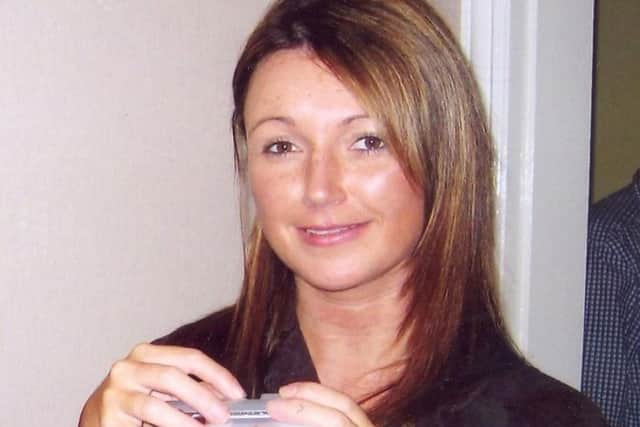The thousands of people who go missing across Yorkshire every year
The county's four police forces received more than 30,000 reports of people missing during 2018/2019 alone.
Yorkshire's largest police force - West Yorkshire Police - recorded a total of 18,629 reports of missing people. Of that figure, 18596 were found alive, 13 were found dead and 20 are still to be found.
Advertisement
Hide AdAdvertisement
Hide AdStatistics released to the Yorkshire Post also show there were 8,341 reports of people missing in South Yorkshire, more than 5000 incidents in Humberside and 2,787 in North Yorkshire.


Assistant Chief Constable of West Yorkshire Police Catherine Hankinson, who is also the National Police Chiefs Council lead for Missing Persons, said: "Missing people and that wider vulnerability have a huge demand on all police forces across the country. There is lots we can learn from each other and partnerships and there is some great work going on, but it does have a lot of demand on services."
In the last month alone, West Yorkshire Police officers have been dealing with an average of 34 missing persons cases a day - a reduction on the previous year when the figure stood at around 50.
ACC Hankinson explains how every missing persons call that comes into the force control room is assessed using a system called THRIVE, which assesses the threat, harm and risk of an individual.
Advertisement
Hide AdAdvertisement
Hide AdShe said: "The definition of someone being missing is actually quite wide and it is not a high criteria to pass, because quite simply it is if you are not in the place you are supposed to be.


"The first port of call would be to look at he risk that person poses to themselves and to other people. We would look at what data we hold on that person and what our partners know about that person which might help us to form that picture around the risk that person poses.
"We also think about the individual circumstances that are being reported to us, so for example if a young person had left school early and not got home when they said they would but there are lots of reasons as to them pushing boundaries and instead they are more than likely to be with friends having tea, compared to an adult who has left a note to say they are going to cause themselves some harm and have left home in very unusual circumstances and have a background of emotional or financial trauma then clearly the risk around this individual is greater and therefore a priority.
"We take on board a number of different factors - what is presented to us as the immediate picture, what the wider picture is and what information do we and our partners already know.
Advertisement
Hide AdAdvertisement
Hide Ad"We try and pull together that picture and decided whether we allocate it as a high, a medium or a low risk."
Police say there are so many different reasons why people go missing, but a large majority are due to mental health issues and as a result police are working with various partners to
ACC Hankinson said: "Mental health is a big part of daily demand for policing as a whole. We deal with all manner of incidents where mental health is an underlying factor. When call operators are doing that initial assessment that will clearly play a part in whether someone has good capacity to make decisions for themselves or not which then might mean the risk is raised if they are missing.
"If someone goes missing and they have a mental health contact, our officers on the front line have a direct contact where they can ring and triage and jointly assess the risk that person poses.
Advertisement
Hide AdAdvertisement
Hide Ad"Forces across the country do lots of work around strategic demand locations , these are places that we know create a lot of demand because of the environments they are. Hospitals create a lot of demand because people go missing from hospitals, people report assaults at hospitals etc. All manner of things happen and they are places with people with complex needs.
"We have to look at the different elements and then problem solve it."
In cases where people have been missing for years, they will still stay on the Missing People register until they are found and cases are often reviewed on an annual basis or when new evidence comes to light.
ACC Hankinson said: "There are charities like Missing People who keep up the publicity and do work around the anniversaries of disappearances and so on.
Advertisement
Hide AdAdvertisement
Hide Ad"Very often our reviews will be triggered by a change in circumstances - for example, if something new happens in forensic science and we can look at our cold cases to see if the new advances in technology will take us further in solving what has happened."